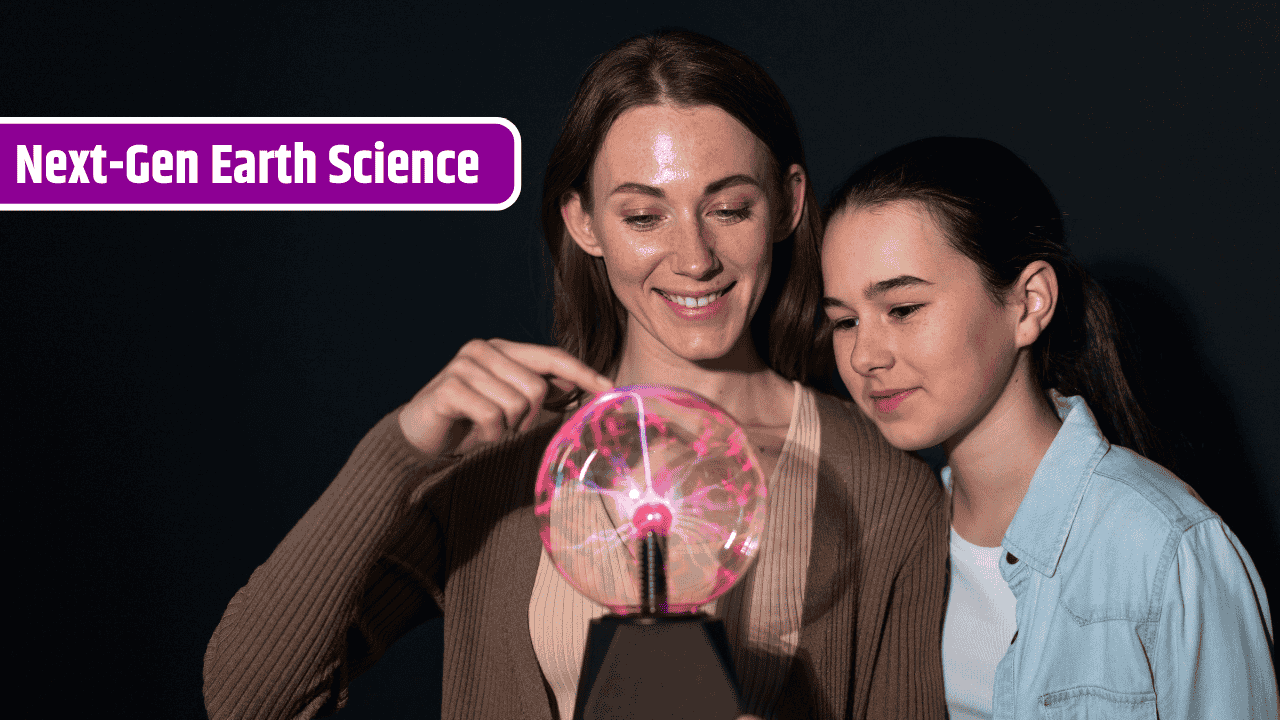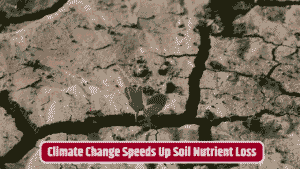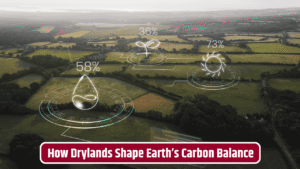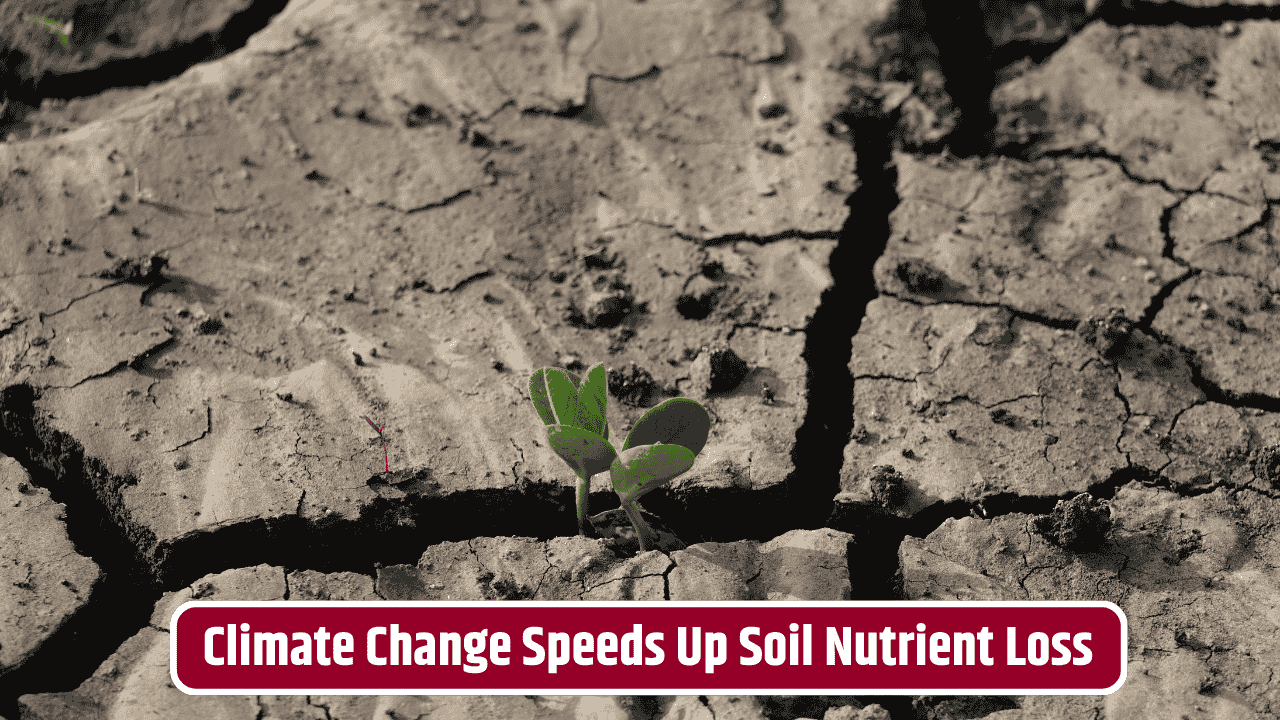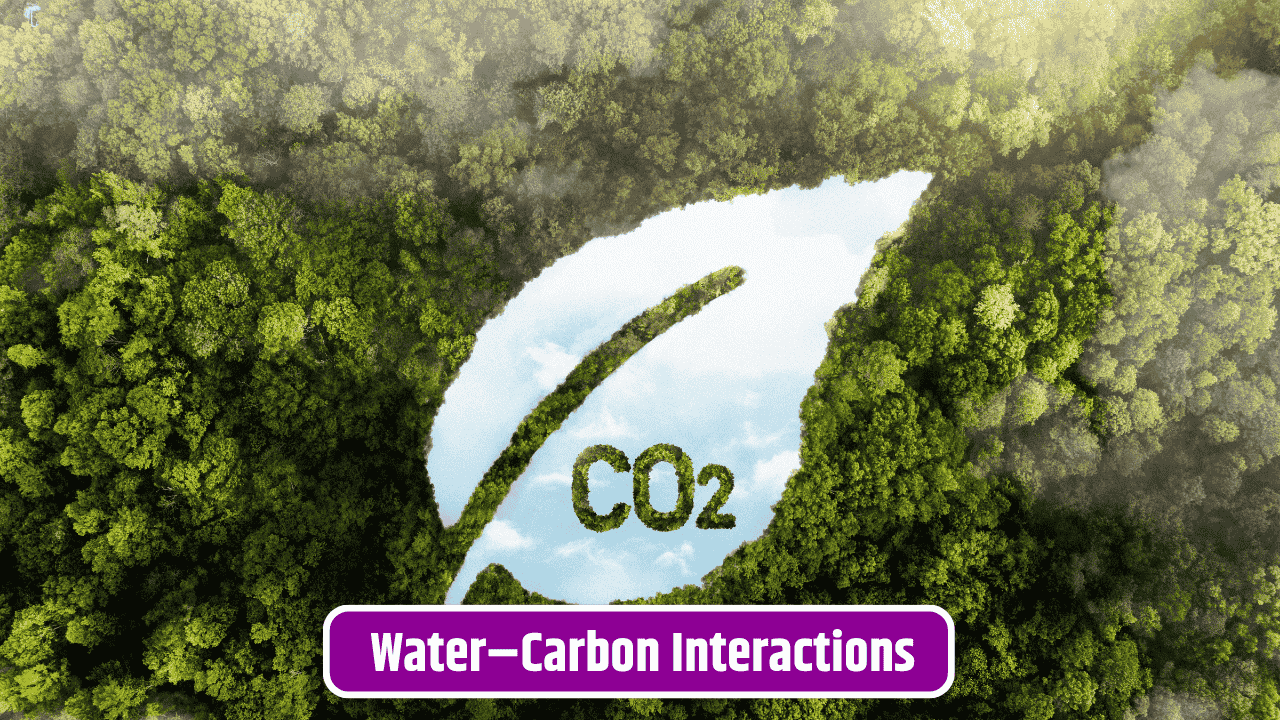If you ask a bunch of kids what they want to be when they grow up, “earth scientist” isn’t usually the first answer that comes flying out. Astronaut? Sure. Doctor? Classic. YouTube star? Definitely. But geologist, oceanographer, or climate researcher? Not so much. And yet, there’s a quiet but powerful movement happening in classrooms, labs, and even national parks—education programs designed to hook young people on the mysteries of our planet.
These programs aren’t about memorizing rocks or staring at endless PowerPoint slides. They’re about rolling up sleeves, touching soil, wading into streams, and connecting what students learn in textbooks to the real-world crises and wonders around them. And given how climate change, resource scarcity, and environmental resilience are at the center of 21st-century life, we need this next wave of earth scientists more than ever.
Table of Contents
Hands-on Learning That Sticks
The biggest shift in earth science education is the focus on “experiential learning.” It’s one thing to read about tectonic plates shifting. It’s another to simulate an earthquake with a sandbox experiment or measure seismic activity in your own backyard. Programs like the USGS Youth and Education in Science initiative are giving middle and high schoolers access to real-time data, experiments, and mentorship. That’s the kind of spark that can turn curiosity into a lifelong career.
National parks have jumped in too. Through the National Park Service Education Programs, kids get to play scientist for a day—collecting water samples, observing rock layers, or tracking wildlife migration. For many students, this is the first time science feels alive and not locked inside a dusty textbook.
University Programs Opening New Doors
At the higher education level, colleges are stepping up with interdisciplinary tracks that blend geology, data science, policy, and even entrepreneurship. Schools like MIT, Stanford, and the University of British Columbia have programs that don’t just teach earth science—they teach how to apply it to real challenges like sustainable mining or renewable energy development.
One standout is the University of California’s “Earth System Science” major, which pulls in everything from atmospheric chemistry to environmental economics. This kind of approach is crucial because the earth’s problems don’t come neatly labeled by academic department. Neither should the solutions.
Global Opportunities and Exchange
It’s not just a North American story. The UNESCO Earth Science Education Initiative is pushing programs across developing countries, giving students in regions vulnerable to natural disasters the tools to better understand and respond to them. Imagine being a teenager in Indonesia and learning how to read tsunami risks, or a student in Kenya mapping groundwater supplies—it’s science that has immediate, personal meaning.
Exchange programs and summer research projects also let students collaborate across borders. That’s where the magic happens: a student from Canada might bring expertise in glacial melt, while someone from Brazil shares insights on deforestation. Together, they’re tackling problems that don’t respect national boundaries.
Technology Bringing Science to Life
Let’s be honest—Gen Z is not going to get fired up about dusty rock samples alone. They live in a world of AR, VR, and instant data. Smart educators are using this to their advantage. Virtual reality field trips can take students to the bottom of the Mariana Trench or the rim of an active volcano without leaving their classroom. NASA’s Earth Science Education resources are packed with interactive modules, satellite imagery, and DIY experiments that blend tech with exploration.
This isn’t about replacing the field—it’s about expanding it. Students in rural areas or underserved schools who might never get to a national park can still get a visceral sense of earth systems through technology.
The Link to Careers and the Future
Here’s the kicker: these programs aren’t just about inspiring a love of science. They’re about jobs—good, meaningful, future-proof jobs. From renewable energy and water management to urban planning and hazard mitigation, earth science careers are booming. According to the U.S. Bureau of Labor Statistics, employment in environmental science and geoscience fields is projected to grow faster than the average for all occupations over the next decade.
By connecting students early to both the wonder of the natural world and the economic opportunities tied to protecting it, these programs are helping shape a workforce that’s ready for the environmental challenges of tomorrow.
FAQs
What age groups can join earth science education programs?
They range from elementary school field trips all the way to advanced university research fellowships.
Do you need to be in a city or near a university to access these programs?
Not at all—many programs are virtual or bring mobile labs to rural and underserved communities.
Are these programs only for students who want a career in science?
Nope. The skills—critical thinking, data analysis, problem-solving—apply across many careers.
How expensive are these programs?
Many are free or low-cost, especially those run by government agencies and nonprofits.
What’s the job outlook for earth science careers?
Very strong, particularly in fields connected to climate change, resource management, and renewable energy.

